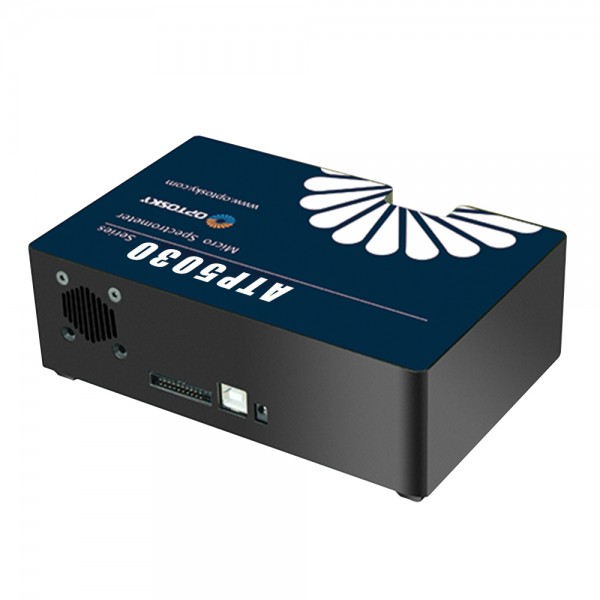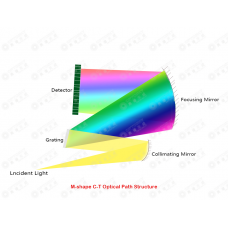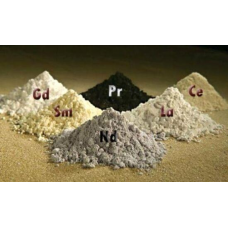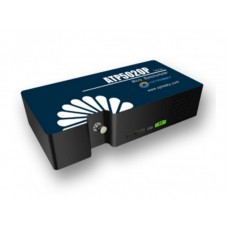Your shopping cart is empty!
High-sensitivity & High-resolution UV-Vis Spectrometer
High-sensitivity & High-resolution UV-Vis Spectrometer
5
5
Availability: In Stock
High-sensitivity & High-resolution UV-Vis Spectrometer
Download Data Sheet
Product Code: ATP5030
application
- ATP5030 is a cooled, ultra-high resolution micro spectrometer newly developed by Optosky, ATP5030 is based on the M-type optical path structure independently developed by Optosky, with extraordinary ultra-high resolution;at the same time, it uses a cooled 2048 pixel linear array detector to achieve the ultimate ultra-high resolution, the highest resolution can reach 0.05nm,It is a miniature spectrometer suitable for various high-resolution applications, with high reliability, ultra-high speed, low cost, and high cost performance. It can be adapted to various environmental uses such as online testing.
- ATP5030 adopts TEC electric cooling, the cooling temperature is -5℃. Greatly reduce the dark current and noise of the spectrometer, and improve the dynamic range and signal-to-noise ratio of the spectrometer.
- ATP5030 can receive SMA905 optical fiber input light or free space light, and output the measured spectrum data through USB2.0 or UART port.
- ATP5030 only needs a 5V DC power supply, which is very easy to integrate and use.
| Detector | |
| Detector type | Linear array detector |
| Spectral range | 200-1100 nm |
| Effective pixels | 2048 pixels |
| Pixels dimension | 14μm×200μm |
| Full well capacity | 300 ke- |
| Sensitivity | 1300 V/(lx·s) |
| Dark noise | 13 RMS @ 13 ˚C |
| Optical parameter | |
| Focal distance | 75mm |
| Optical resolution | 0.07-3 nm |
| Incident Interface | SMA905 connector |
| Signal-to-noise | >600:1 |
| Dynamic range | 8.5 x 107 (system); 2000:1 for a single acquisition |
| Working temperature | -25 ~ 50 oC |
| Numberical aperture | 0.07 |
| Working humidity | < 90% RH |
| Trigger | YES (IN and OUT) |
| Cooling temperature | TEC cooled, -5 ˚C |
| Scanning rate | < 1 kfps |
| Wavelength range | 350-800nm, 200-400nm, 200-850nm, 200-1000 nm, 600-1000nm, 800-1000nm |
| Slit Size | 50 μm (10, 25, 50, 100, or 200 μm optional) |
| Optical Design | Czerny-Turner |
| Physical parameters | |
| Dimensions | 135 × 99 × 46 mm |
| Weight | 0.5 kg |
| Sealing | Anit-sweat |
| Electrical parameter | |
| A/D conversion resolution | 16 bit |
| Integration time | 0.1 ms - 256 second |
| Interface | USB Type-C |
| Supply voltage | DC4.5 to 5.5 V (type @5V) |
| Operating current | <2.3A |
| Storage temperature | -30°c to + 70 °c |
- Detector cooling temperature: -5 ℃;
- M type optical path, higher resolution;
- Spectral range: 200-1100 nm;
- Spectral resolution: 0.05 ~ 2 nm;
- Optical path structure: non-crossing C-T;
- Detector: 2048 pixels;
- Integration time: 0.1ms ~ 256s;
- Power supply: DC 5V power supply;
- ADC bit depth: 16 bits;
- Data output interface: USB Type-C;
- 20-pin expansion interface.
- LIBS,Plasma luminescence detection;
- Raman spectroscopy detection;
- Wavelength monitoring, laser, LED and other luminous bodies;
- Water quality analyzer;
- UV flue gas analyzer;
- LED sorting machine, color detection;
- Spectral analysis, radiation spectroscopic analysis, spectrophotometric analysis;
- Reflection and transmission spectrum detection.
What are High Resolution & High Sensitivity & TE cooled Spectrometer from Optosky?
ATP5100 Ultra-miniature, Cooled BT CCD, sized up to a coin.
ATP5040 crossed C-T, TE-cooled 4096 pixels CMOS external cooling, high sensitivity
ATP5020P crossed C-T, Hamamatsu CCD cooled, higher sensitivity, SNR & dynamic range is higher than Maya.
ATP5030P M-shape C-T, higher resolution and low stray light, Hamamatsu CCD
ATP5030 (2048pixels) & ATP5034 (4096pixels) CMOS+TE-cooler, M-shape C-T, high resolution
ATP5330 (2048pixels) & ATP5334 (4096pixels) Thin, cooled CMOS+TE cooled, M-shape C-T, super high resolution
How many topology structure of optical path for a spectrometer?
There are commonly divided into 4 types of optical path, including crossed C-T, M-shape C-T, concave grating optical path, transmittance grating opitcal path.
Crossed C-T: ATP2000P,ATP2002, ATP2400, ATP1010, ATP5020P, ATP5040, ATP6500
M-shape C-T: ATP3030, ATP3034, ATP3330/4 ATP5030, ATP5034, ATP5330/4
Concave grating: ATP4230, ATP4020, ATP4050, ATP4070
let's see the M-shape optical path looks like a number "3", so our models uses the 3rd number "3" to indicate M-shape optical path models.
In generally, topology structure can decide resolution, sensitivity, stray light, and size of a spectrometer.
Crossed C-T topology structure employs better sensitivity and compact size.
M-shape C-T employs higher resolution and better stray light.
Concave grating optical path employs high stray light.












